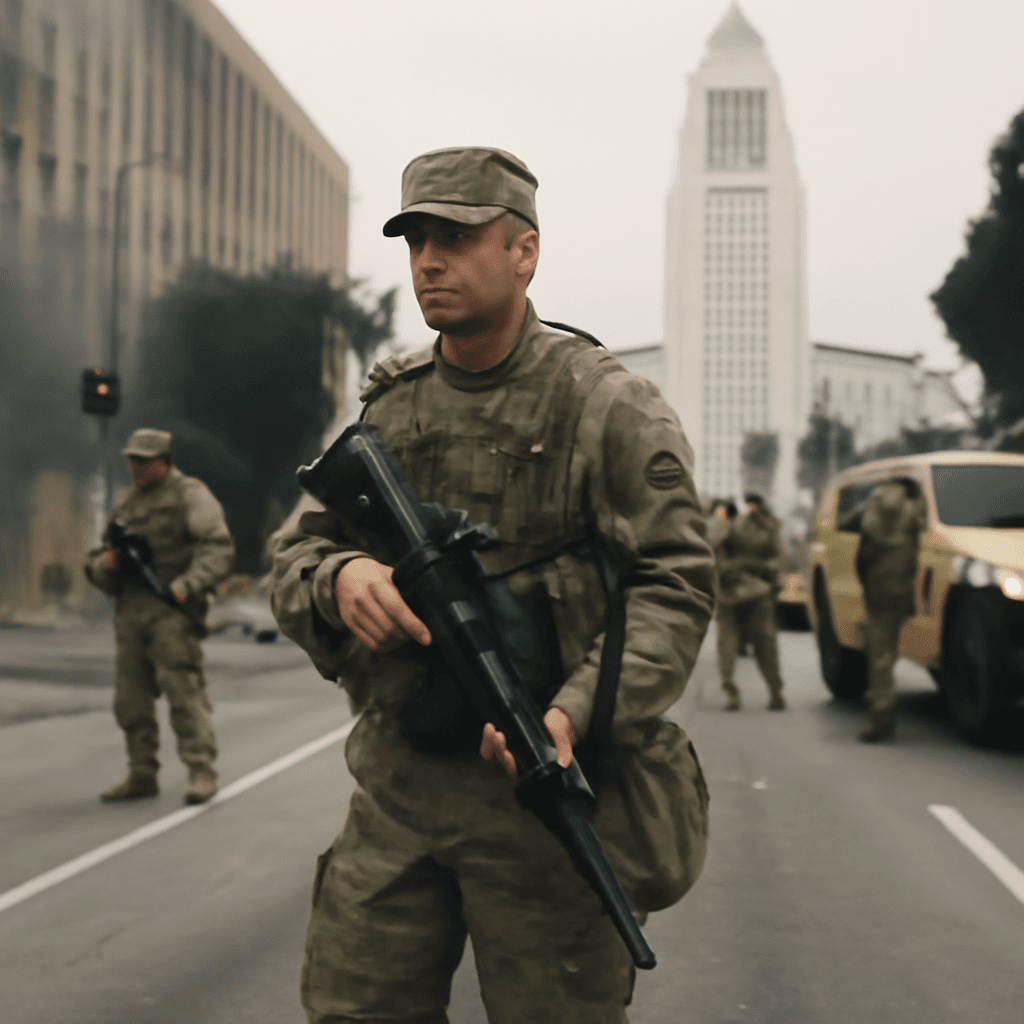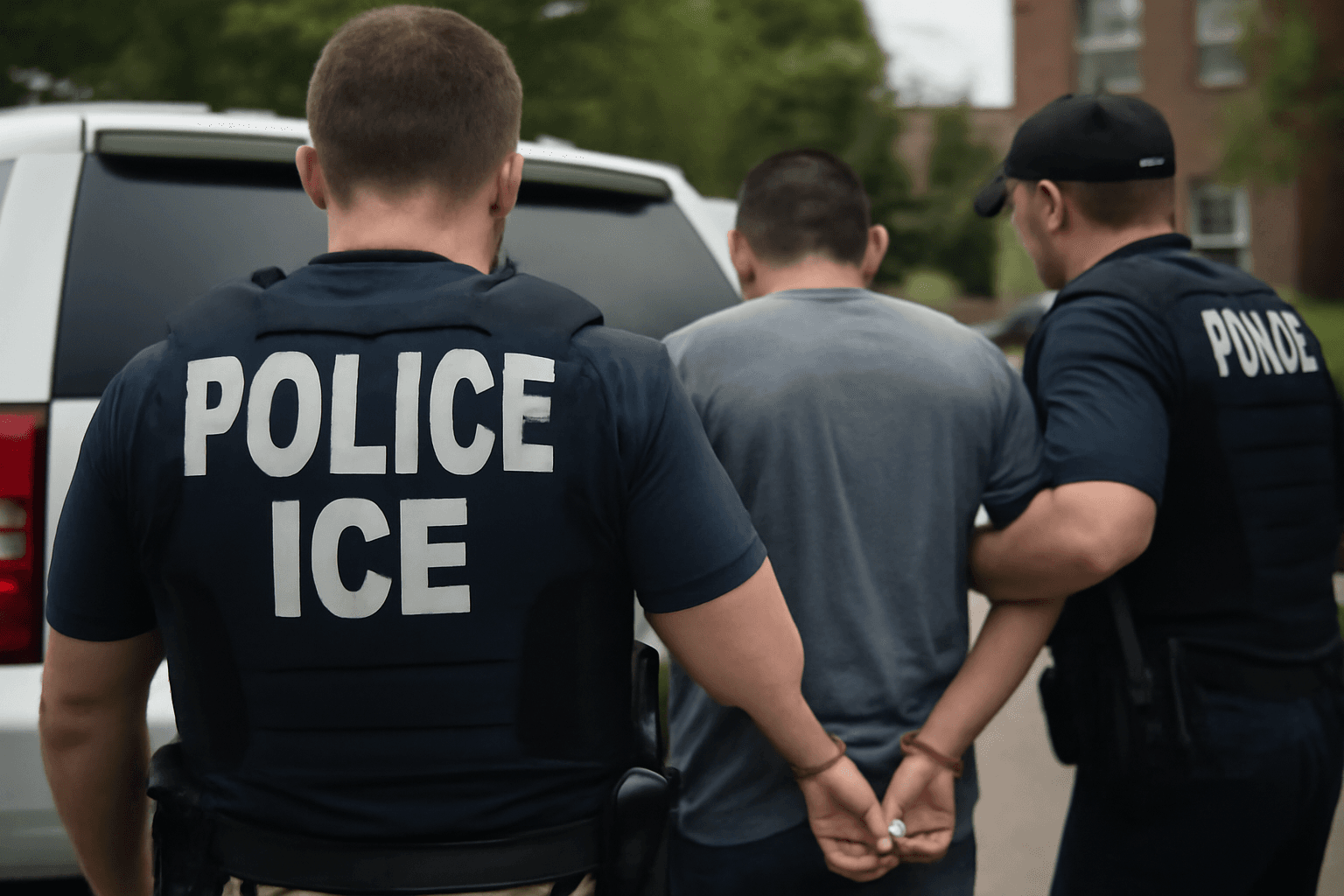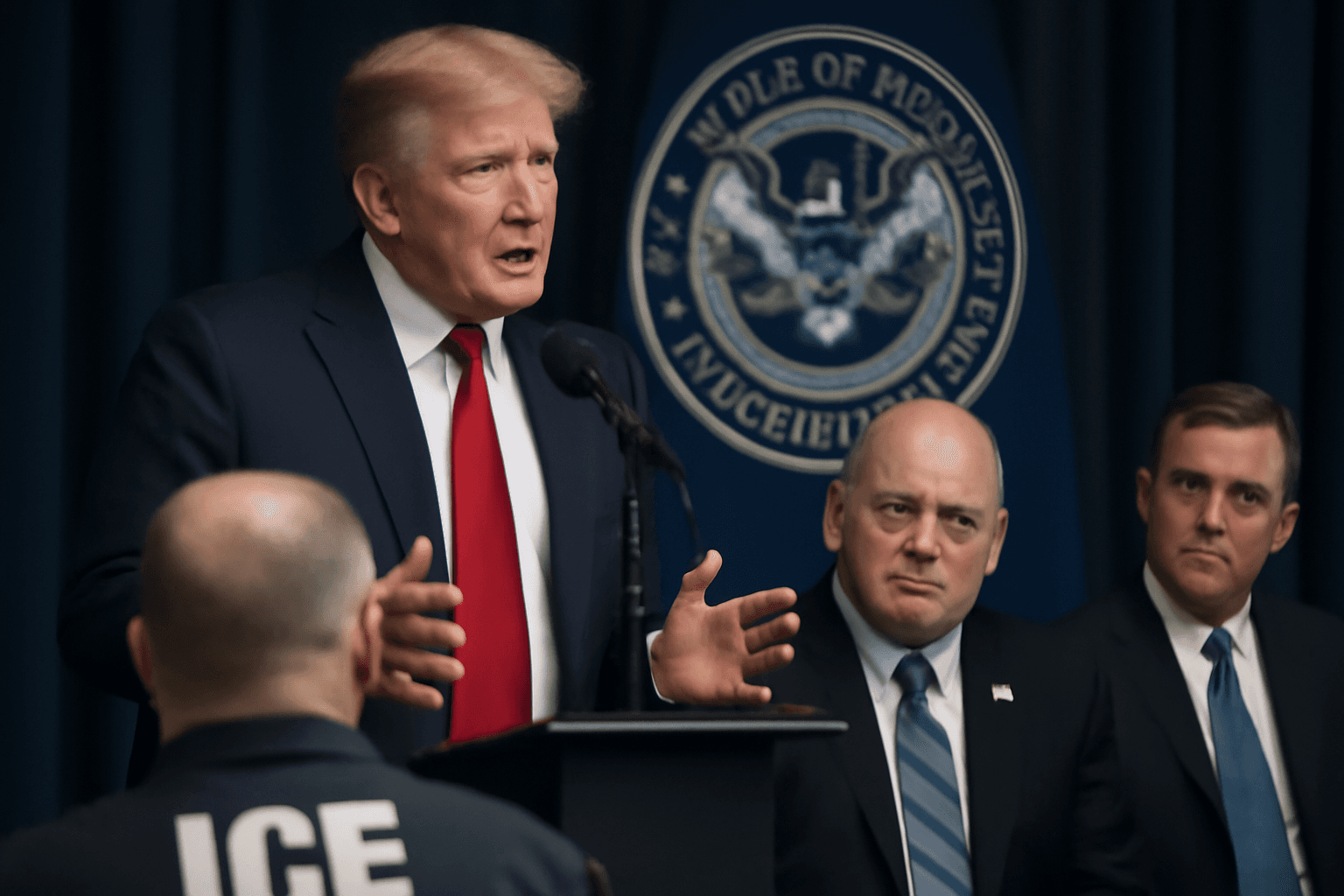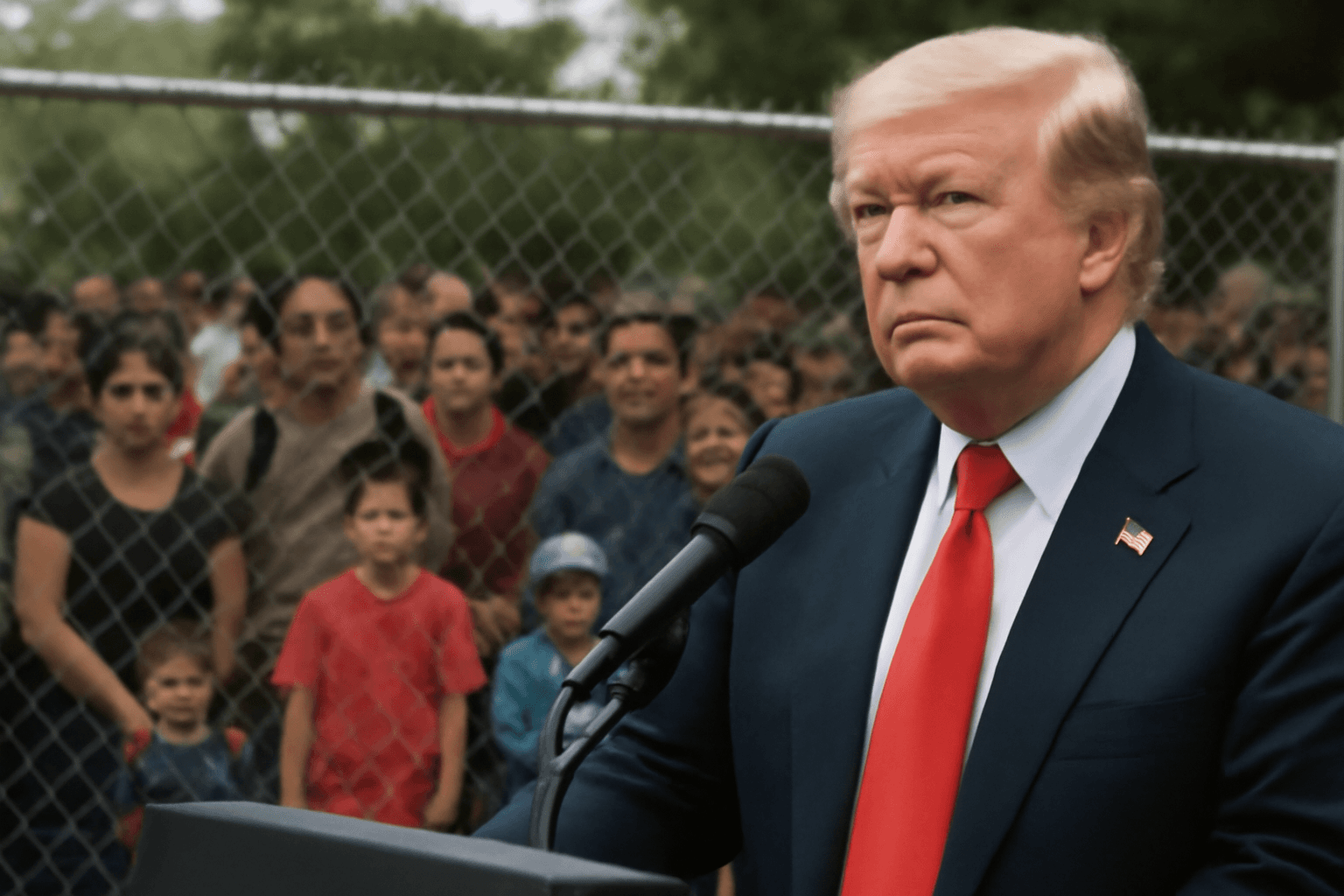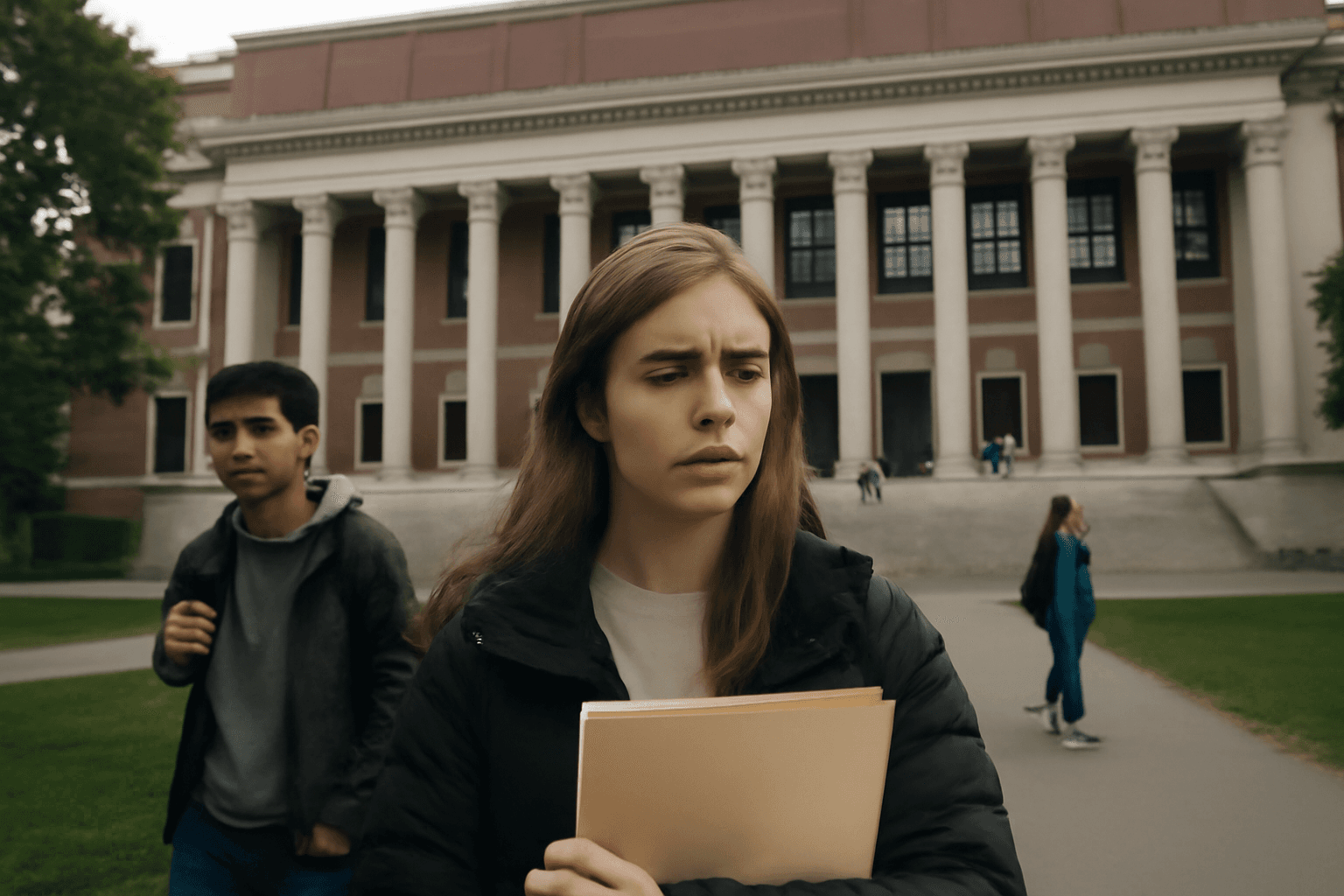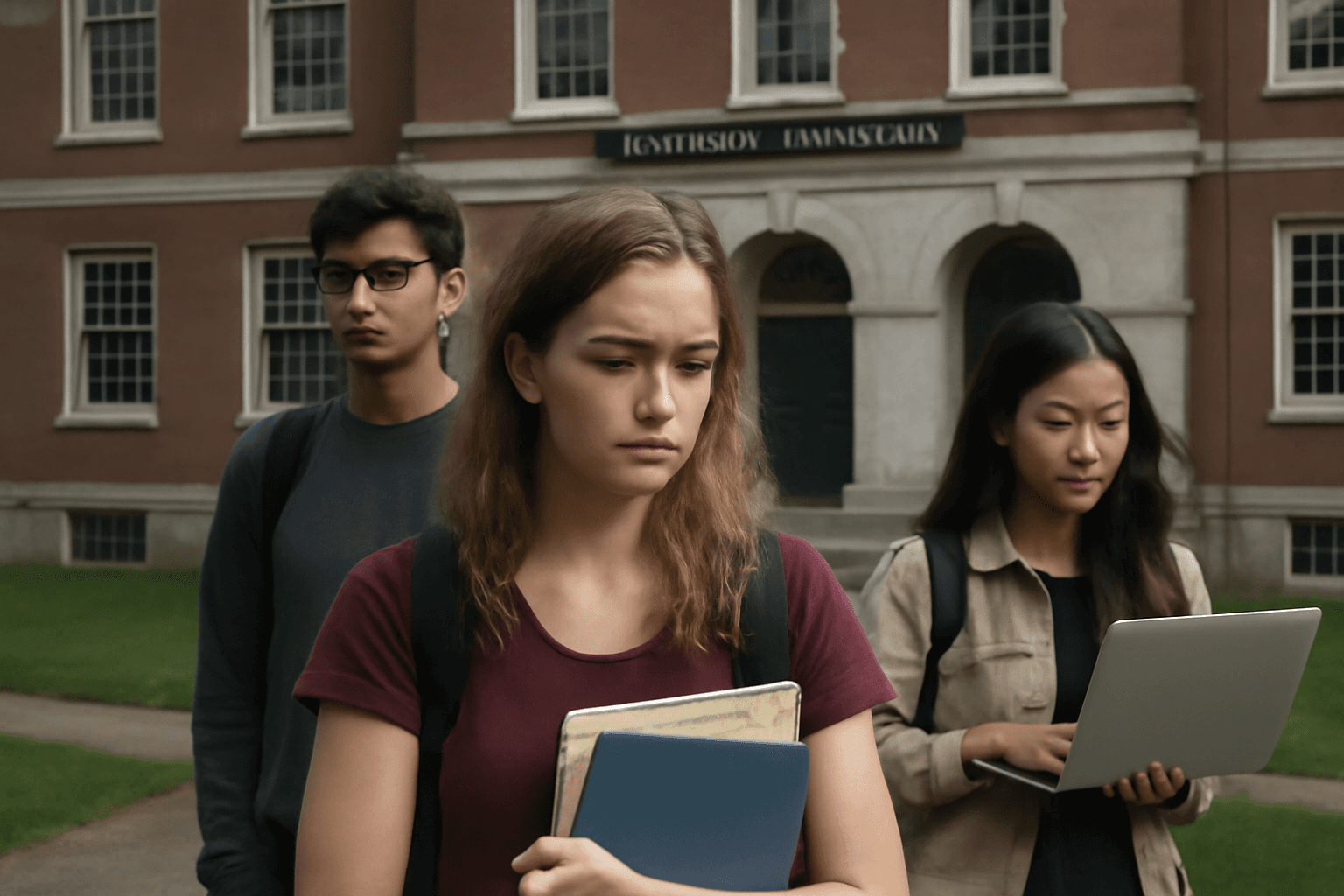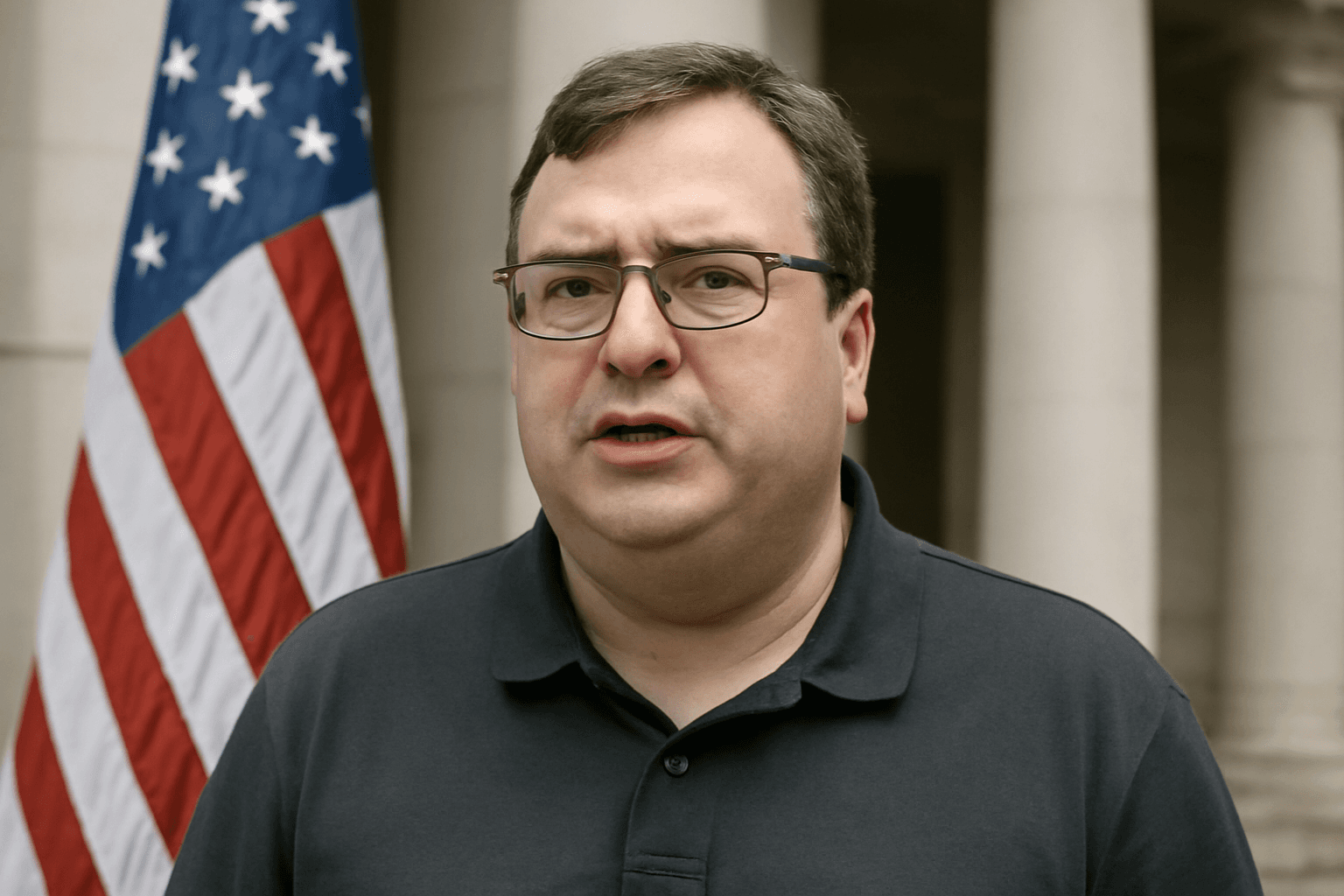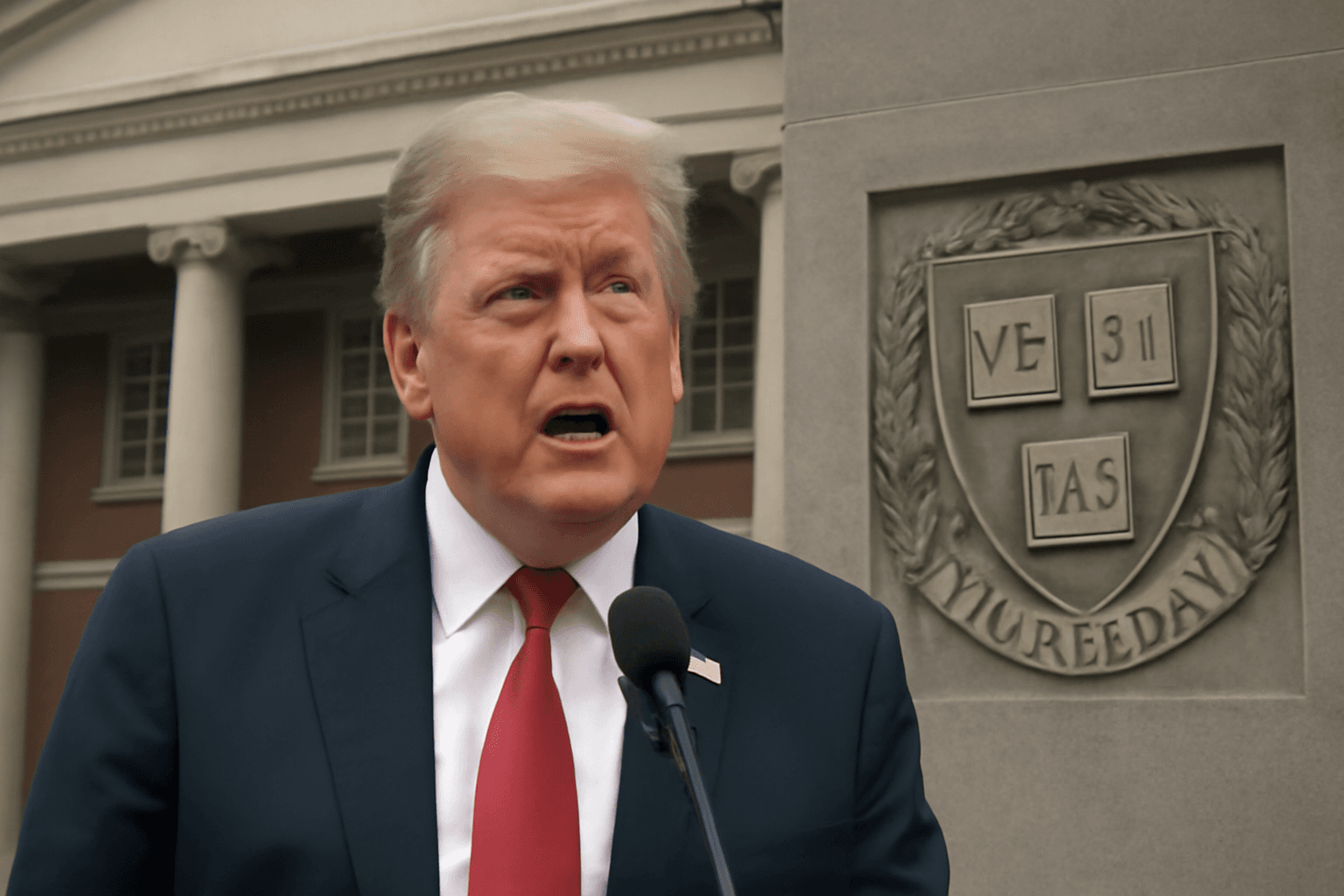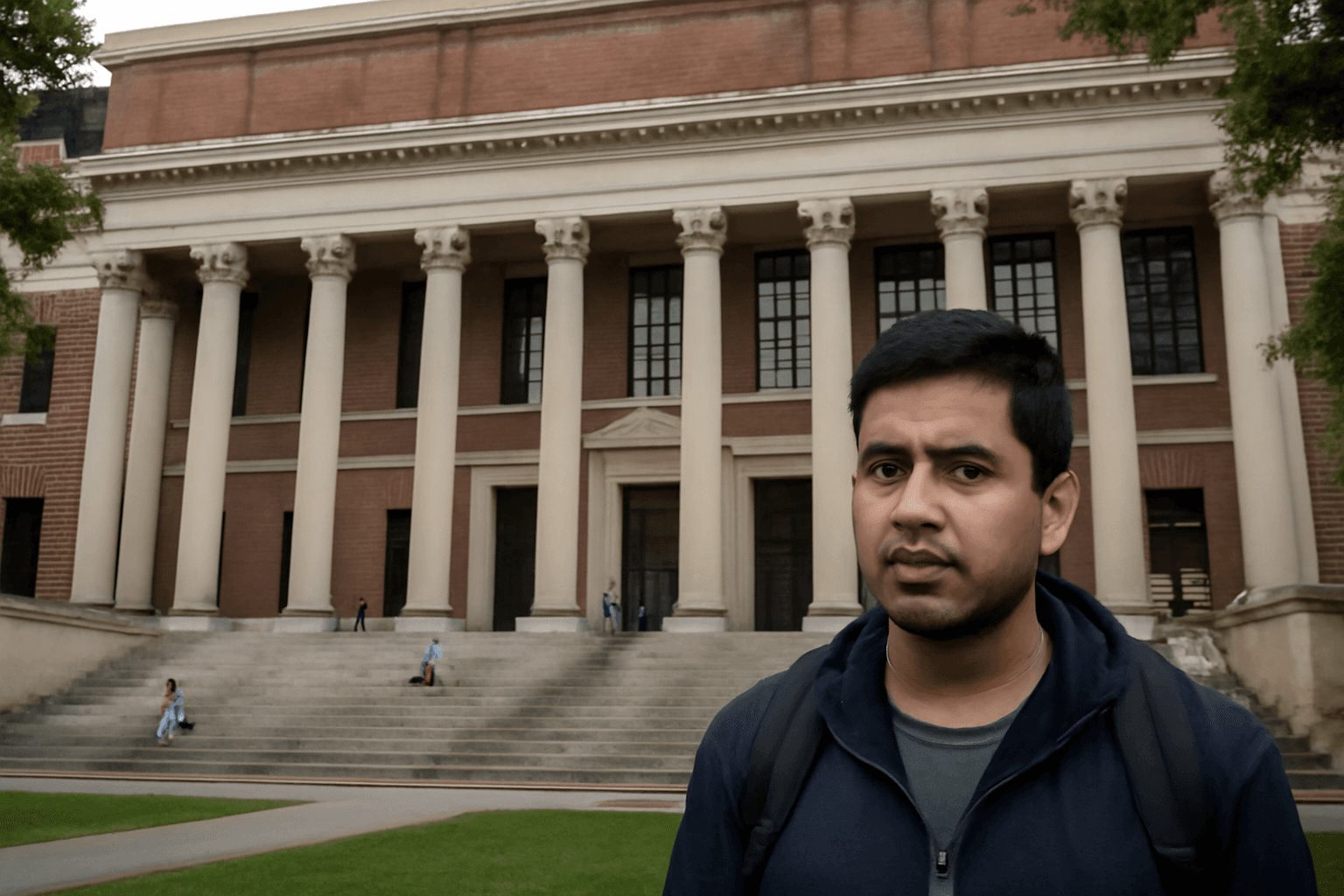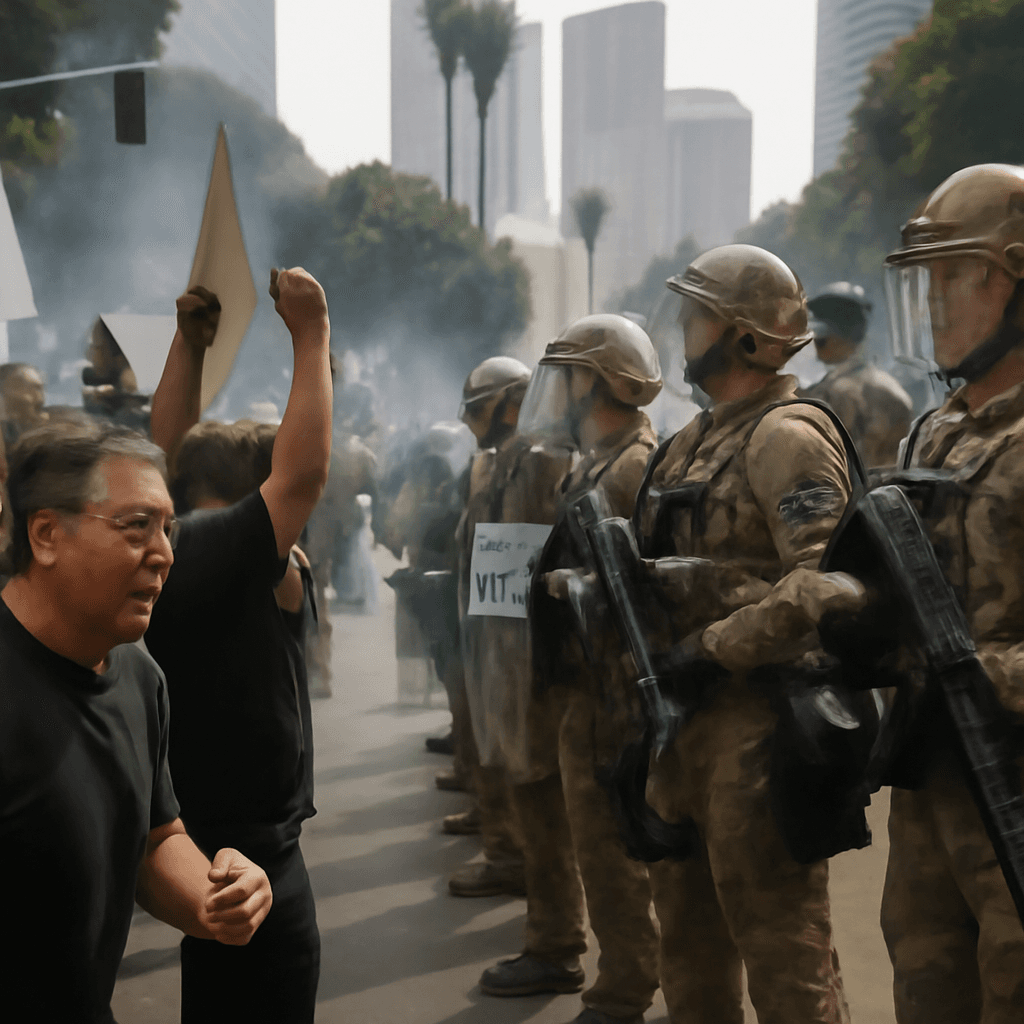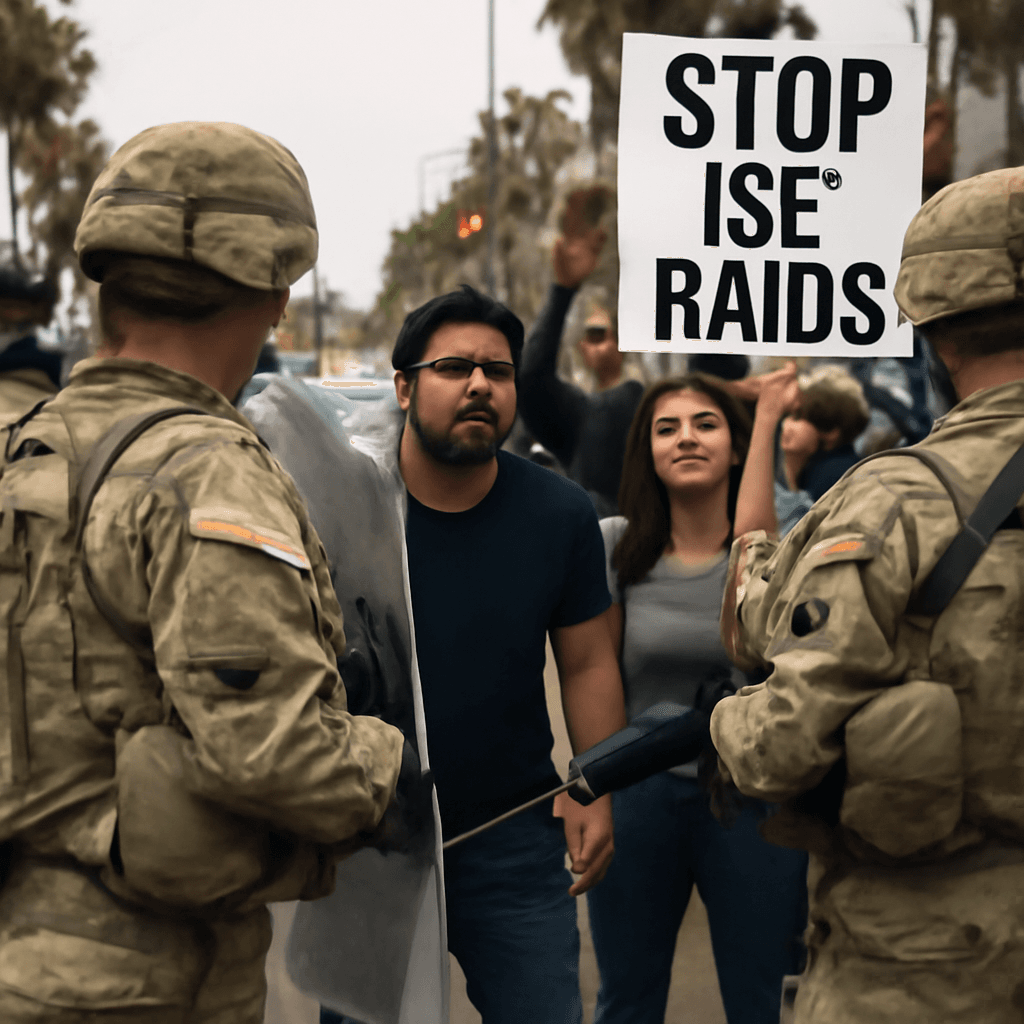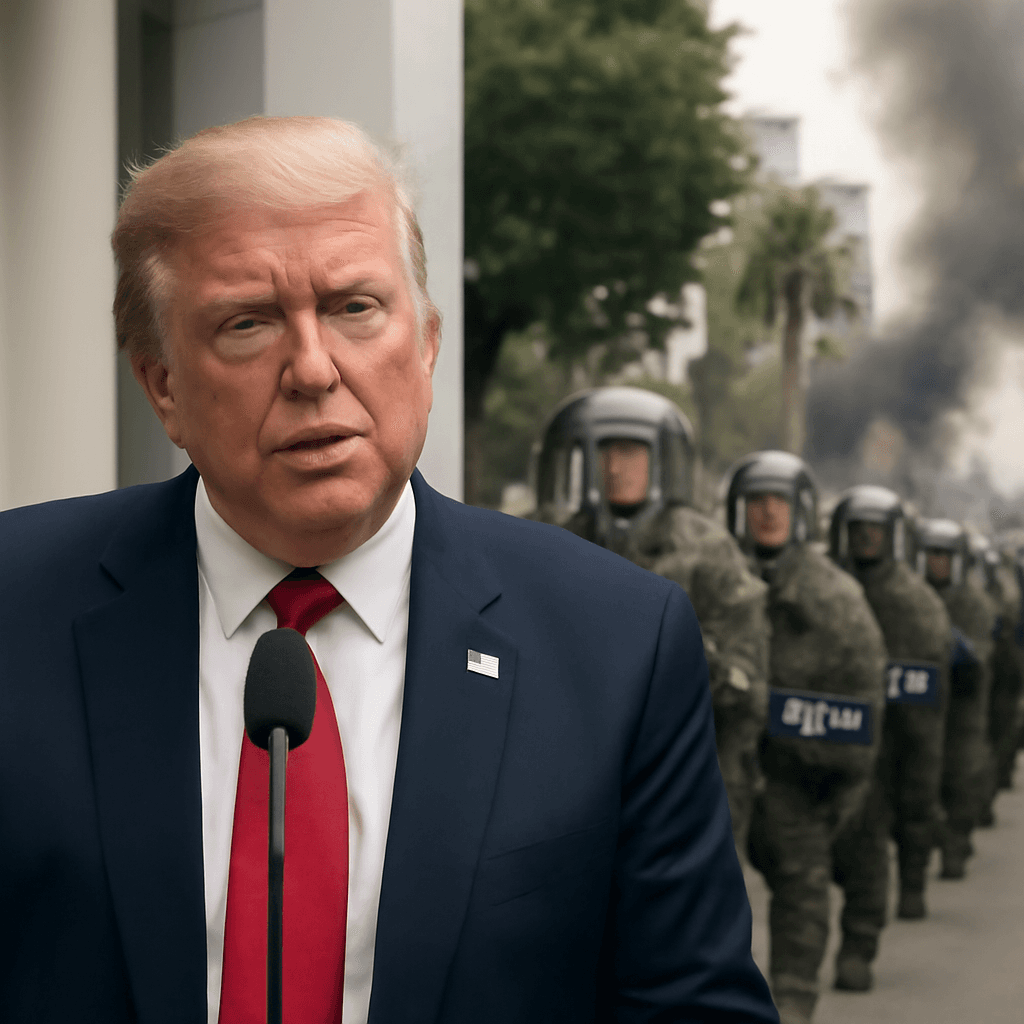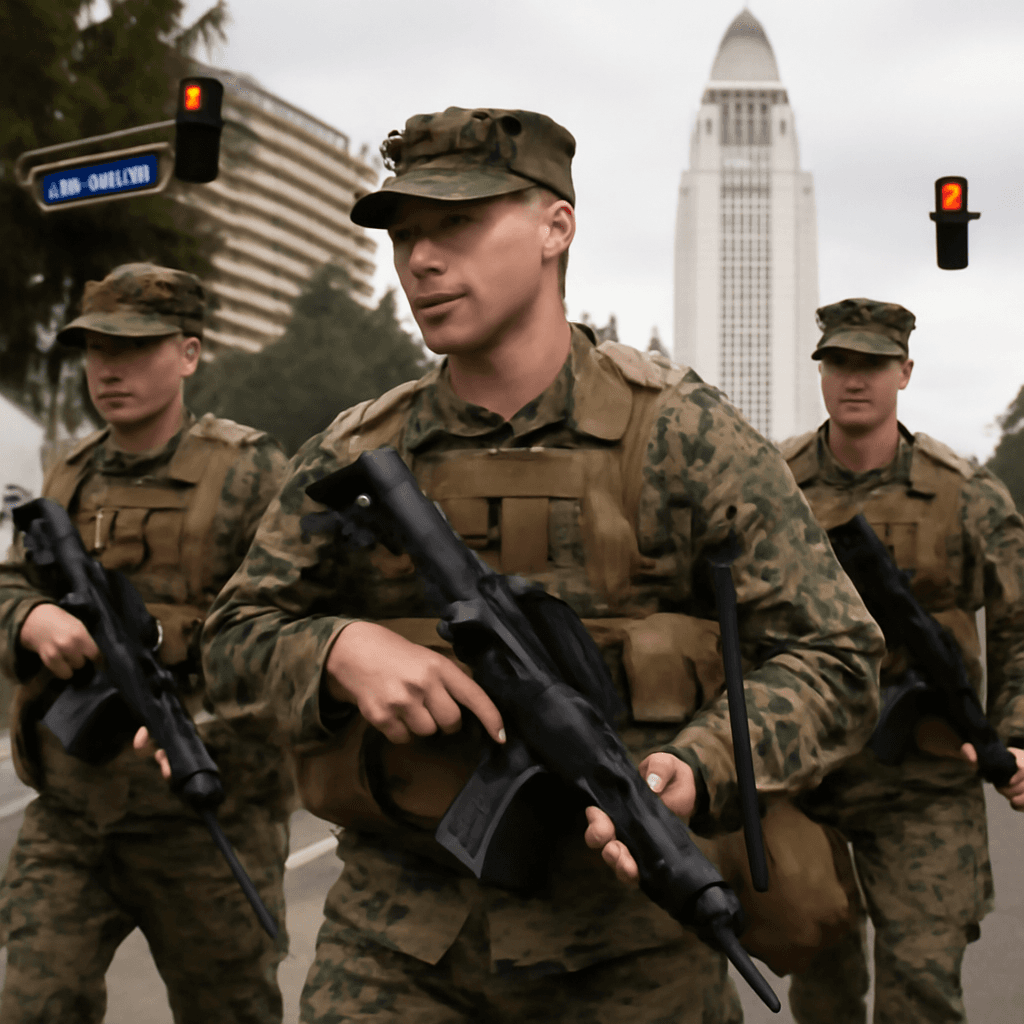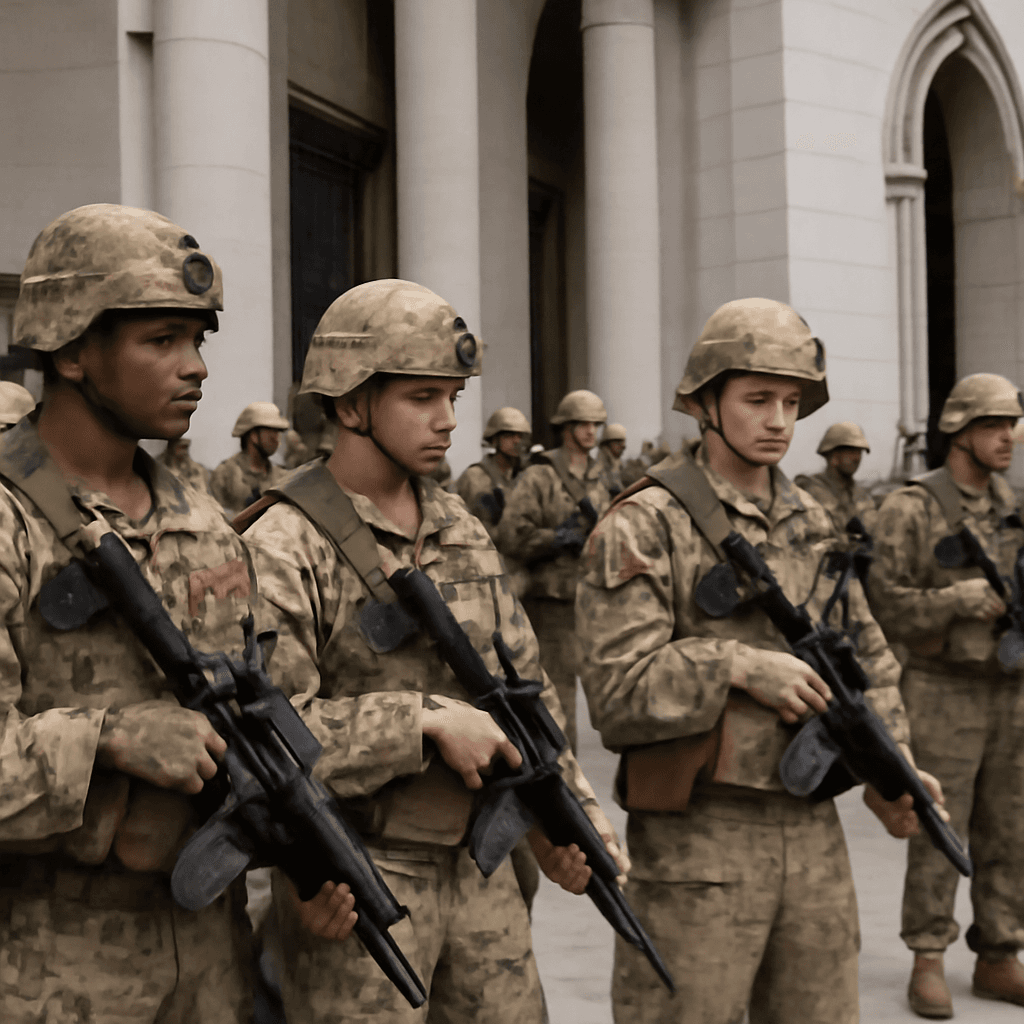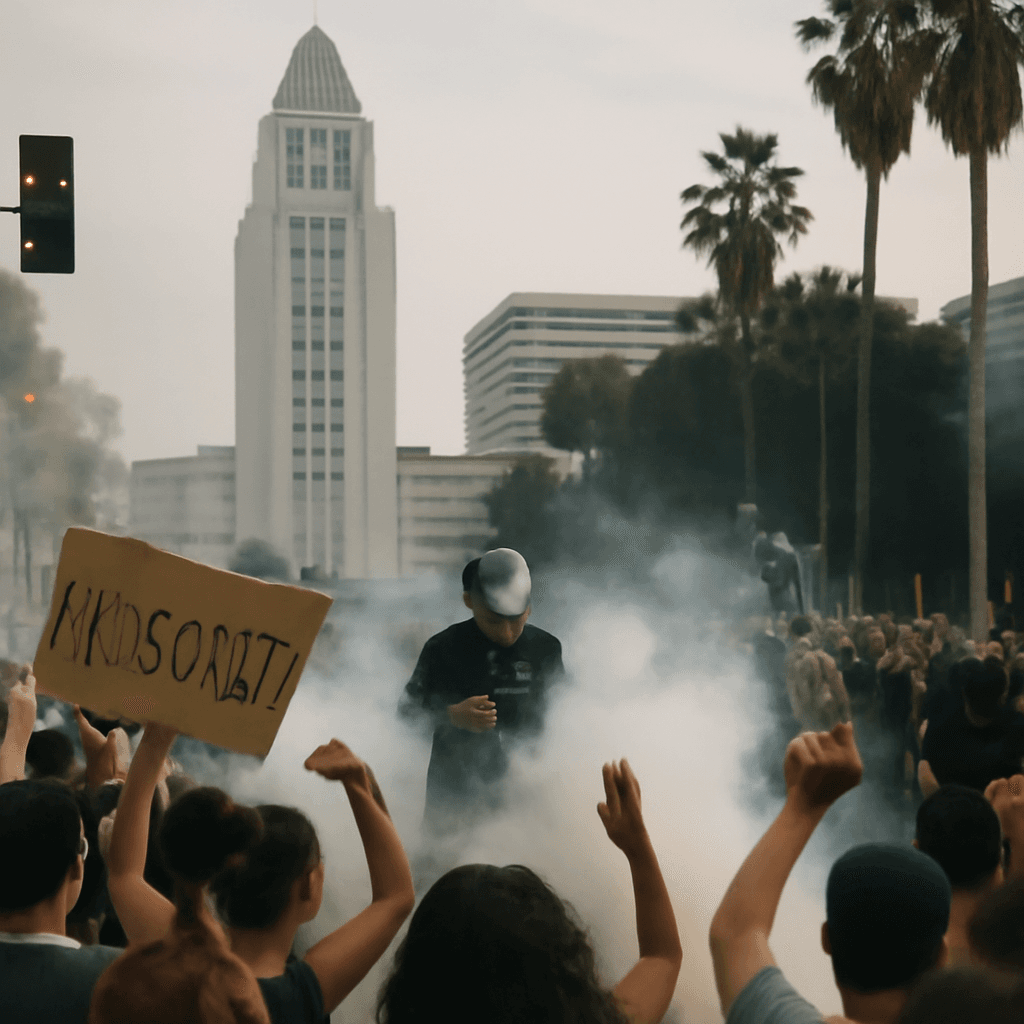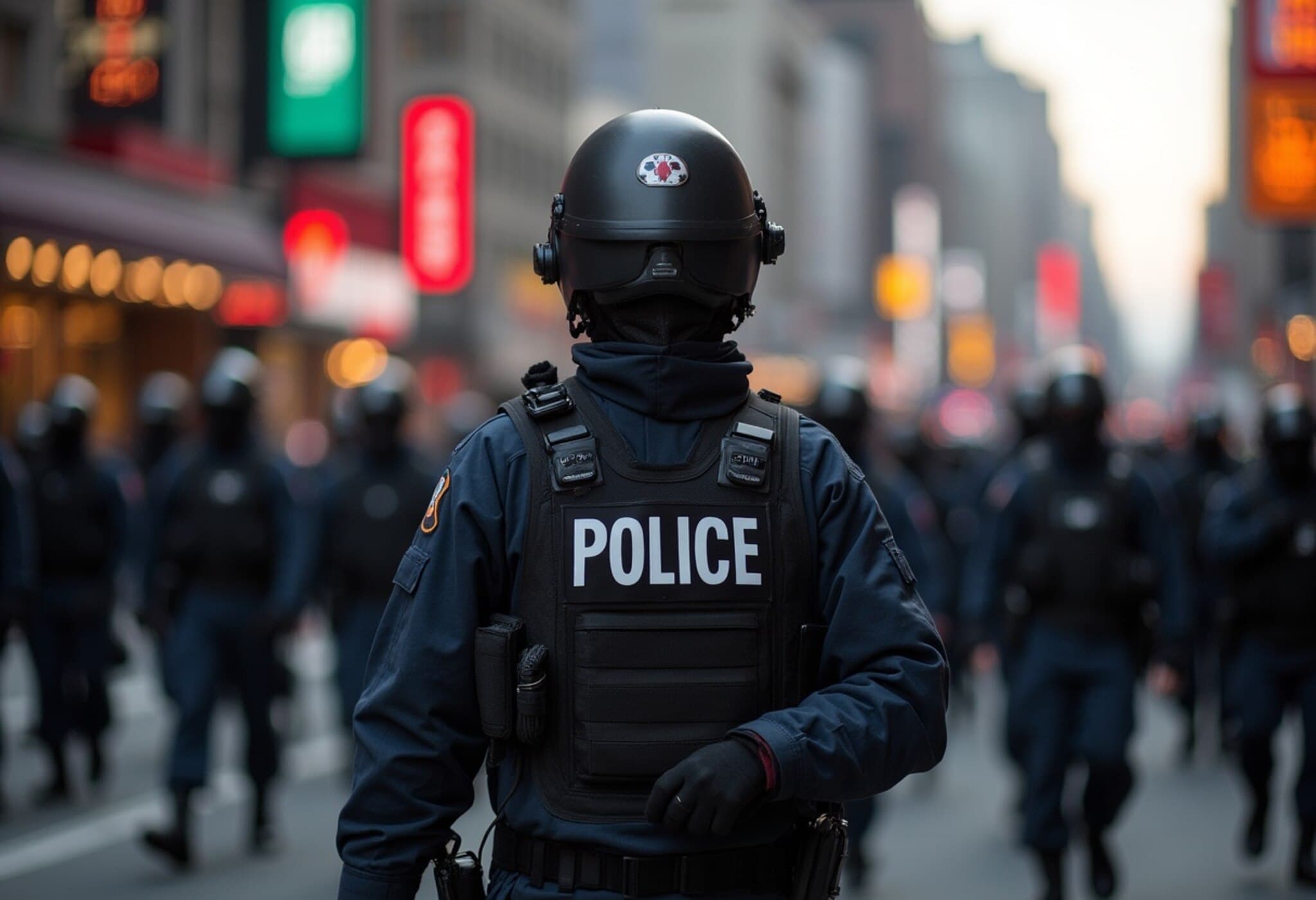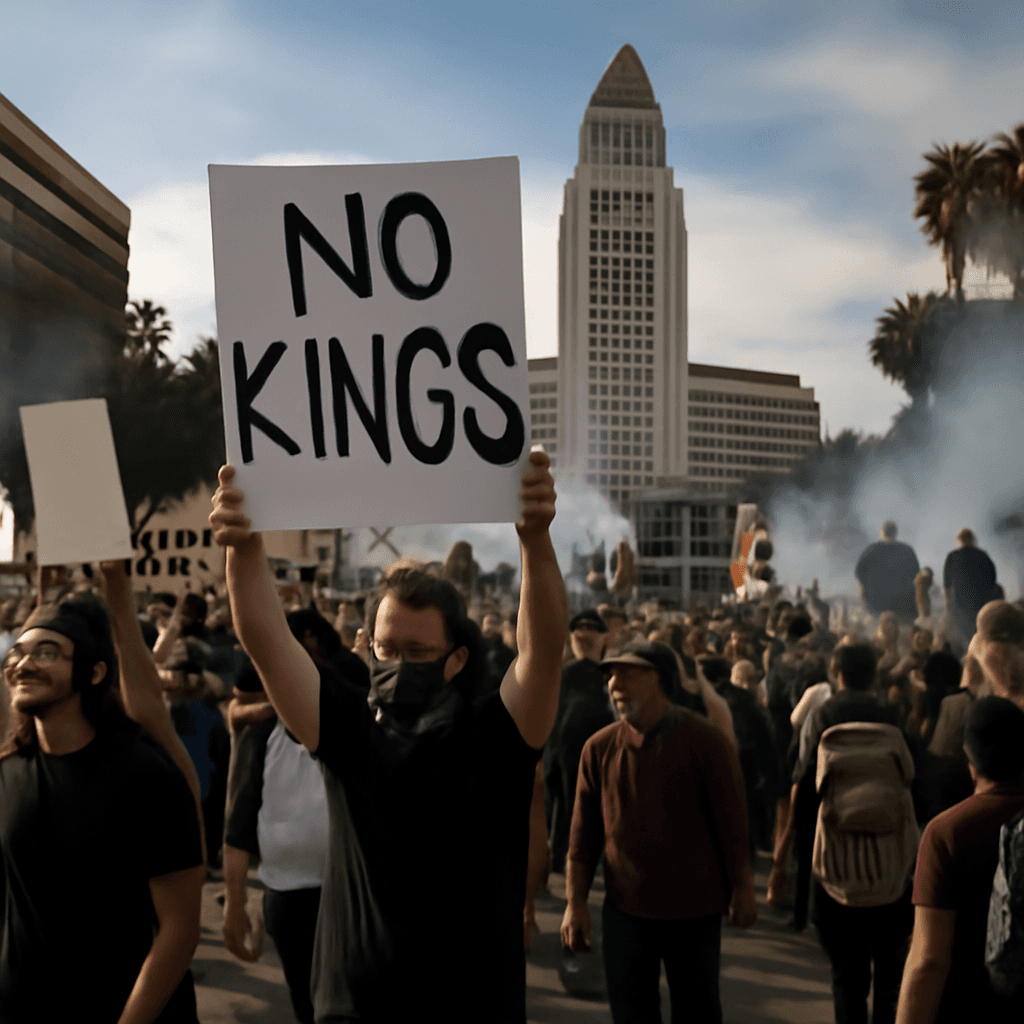Understanding the US National Guard's Recent Deployment in Los Angeles
Amid escalating unrest in Los Angeles triggered by immigration enforcement actions, the US National Guard has been deployed to the city. This decision, initiated by the federal government, bypassed California's governor, sparking controversy and raising questions about the Guard's role and the underlying threats it aims to counter.
What Is the US National Guard?
The US National Guard is a unique military force serving both state and federal governments, composed of part-time soldiers and airmen. Every state maintains its own Guard units, which can be activated locally by the governor to address emergencies such as natural disasters or civil disturbances. At the federal level, the President can mobilize the Guard for broader national missions, including overseas deployments or support during unrest.
Structurally, the Guard consists of two branches: the Army National Guard and the Air National Guard. Together, they encompass over 430,000 personnel. Their operations fall under two legal frameworks: Title 32, where the state governor commands for local matters, and Title 10, under which the President assumes control for federal-level missions.
Why Have National Guard Troops Been Sent to Los Angeles?
The deployment came in direct response to widespread protests triggered by immigration raids across Los Angeles. These operations targeted several workplaces, including large retail stores and warehouses, stirring significant public outrage. As protests intensified over several days, episodes of violence, property damage, and arrests surged.
In reaction, the federal government activated approximately 2,000 National Guard troops, asserting the need to restore order and safeguard federal operations. Significantly, this activation placed the troops under federal control via Title 10, circumventing the usual state authorization by Governor Gavin Newsom, who opposed the move.
President Trump emphasized the urgency: "We will not allow chaos to tear our country apart," underscoring the government's stance on enforcing law and order amidst escalating tensions.
The Nature of Threats the National Guard Addresses
While the Guard does not directly perform law enforcement duties, its primary mission in Los Angeles is to protect federal personnel and facilities, especially those connected to Immigration and Customs Enforcement (ICE). The protests have involved aggressive actions such as throwing rocks and incendiary attacks against federal property, including the burning of self-driving cars and disruption of major transportation routes.
Authorities have described the unrest as involving "violent, insurrectionist mobs," with concerns about possible criminal or cartel influences seeking to exacerbate instability. To counter these risks, Guard units have positioned themselves around key federal sites to prevent damage and unauthorized access by demonstrators.
Legal experts stress that Guard members operate within strict bounds: their authority mirrors that of the federal officers they support, without powers beyond the scope of the ICE agents' standard capabilities.
Legal Framework and Controversies Surrounding the Deployment
The deployment sidestepped the use of the Insurrection Act, a law enabling presidents to deploy troops during rebellion or substantial unrest, which remains uninvoked here. Instead, the President leveraged a statute allowing federalization of the National Guard during emergencies, though this typically involves coordination with the state's governor—a step skipped in this case.
Governor Newsom condemned the unilateral federal action, labeling it as "intentionally provocative" and warning that it could exacerbate tensions rather than quell them.
Historical Context and Precedents
- In 1957, federal troops enforced school desegregation in Little Rock, Arkansas.
- During the 1992 Los Angeles riots, the military was called in under the Insurrection Act to restore order.
- More recently, in 2020, Guard forces were deployed to Washington, DC, amid protests following George Floyd's death.
What distinguishes the current situation is the federal government's decision to mobilize Guard troops over the state's explicit objection, a rare and legally complex move that has stirred debate about federal-state relations and civil authority limits.
Looking Ahead
As the city grapples with ongoing unrest, the National Guard's presence is a clear indicator of the federal government’s intent to maintain control and protect critical facilities. Whether this strategy will effectively stabilize the situation remains closely watched, with tensions still palpable among communities affected by immigration enforcement and the resulting protests.

